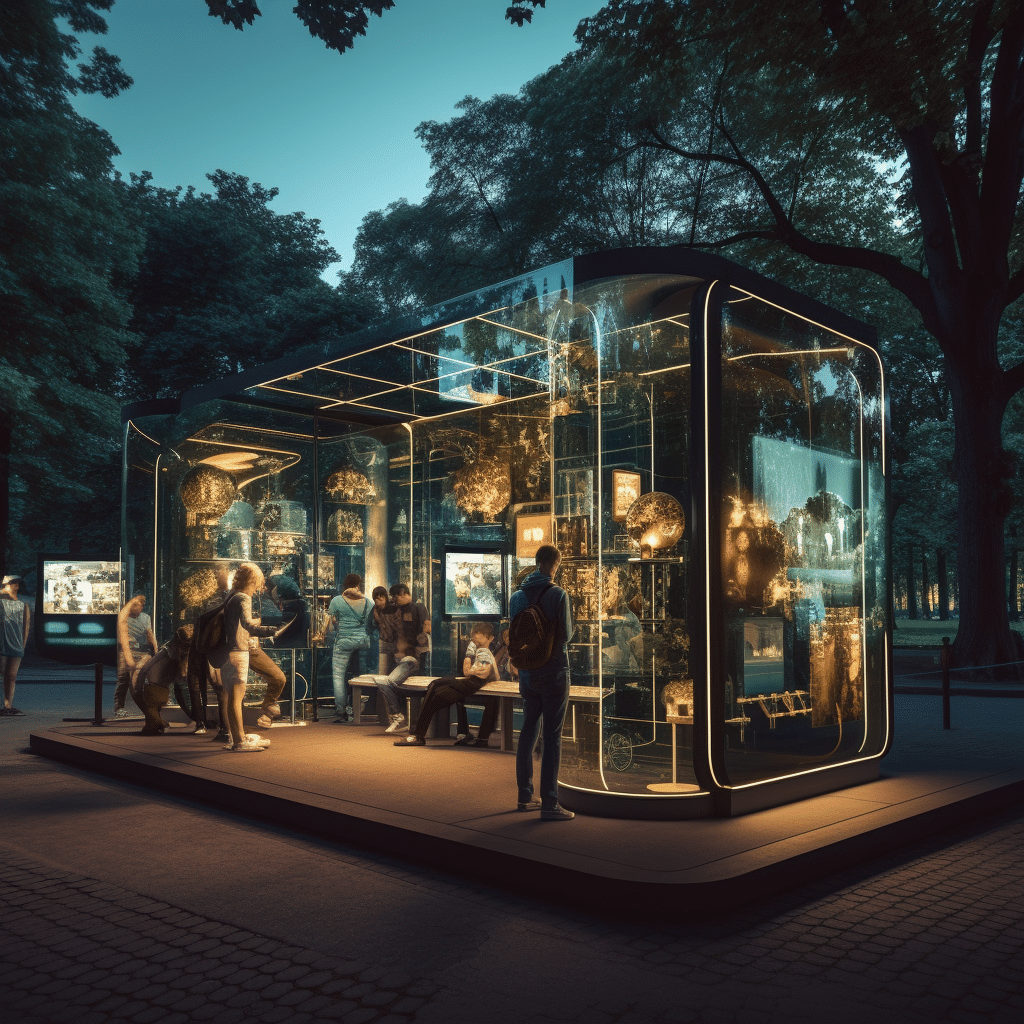The evolving role of education within museums has undergone a significant transformation, marking a shift from traditional static displays to dynamic, technology-driven experiences. The “educational turn” concept has been pivotal in this transformation, driven by changes in learning theories and communication models.
In the 21st century, the museum faces an epistemological turn, challenging its role as the sole interpretive authority. The shift in learning theories from passive reception to active, learner-dependent processes threatens the museum’s position as a universal truth holder, turning its message into a point of view. The challenge now lies in transforming the museum into a meaning-making scenario where visitors can forge their own connections and design personalised learning experiences, fostering a more egalitarian relationship with society.
Making use of tools such as augmented reality, interactive displays, and immersive technologies has transformed these exhibits into captivating journeys of exploration. However, their impact has remained confined within the walls of designated centers.

The Potential of Public Spaces:
Imagine the transformative power of educational exhibits transcending traditional boundaries and inhabiting public spaces. Placing exhibits in parks, city squares, and other high-traffic areas is key to democratising access to knowledge and creating a more inclusive learning environment. Public spaces inherently attract diverse audiences, sparking curiosity and engagement among individuals who may not actively seek out educational experiences.
Inclusive Learning:
By reimagining the placement of educational exhibits, we can break down barriers that limit access to knowledge. Public spaces provide a neutral ground where people from various backgrounds can encounter educational exhibits organically, fostering spontaneous interactions and conversations. This shift challenges the traditional notion that learning should be confined to specific institutions and encourages a more inclusive approach.
While placing exhibits in public spaces is compelling, it comes with its own challenges. Ensuring the security and preservation of valuable exhibits, measuring foot traffic, and addressing potential vandalism are valid concerns. However, innovative solutions, including secure enclosures and technology-driven monitoring systems, can effectively mitigate these challenges and pave the way for widespread educational experiences.
Revolutionising education by placing educational exhibits in public spaces is a visionary step towards democratising knowledge and fostering inclusive learning. Breaking free from the constraints of designated centers opens new possibilities for meaningful interactions and conversations.

As we explore the potential of placing educational exhibits in public spaces, the challenge lies in maintaining the integrity and accessibility of information. Much like the Vienna Museum, where exhibits were free of charge and without a dress code, democratising knowledge requires innovative solutions to ensure widespread accessibility while addressing challenges such as security and preservation.
